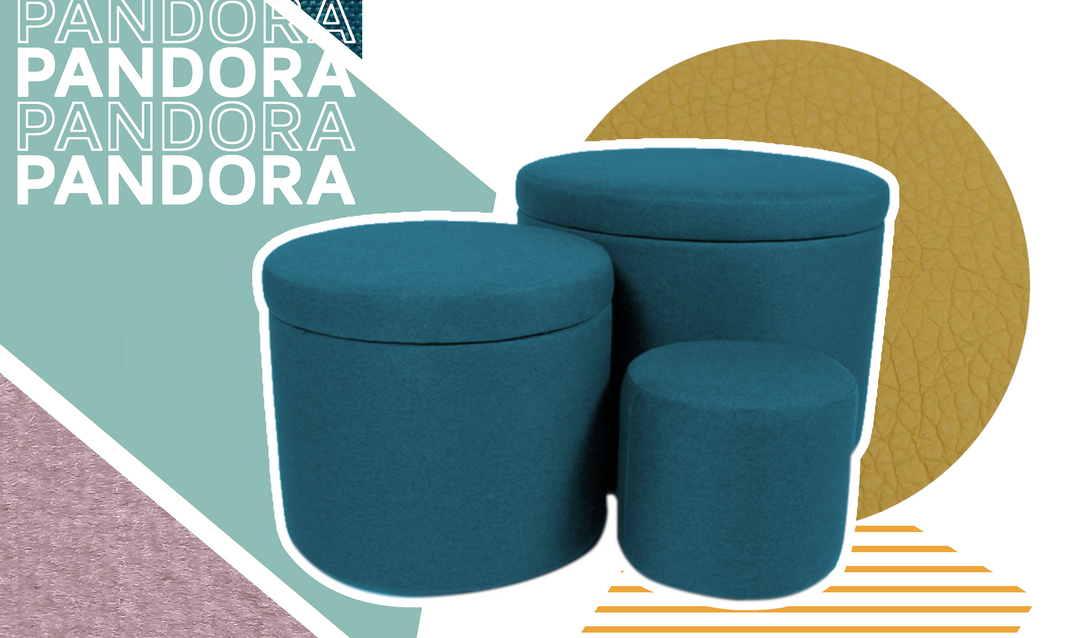How to make a canvas mask
On 3 February, the Italian Council of Ministers declared the State of Health Emergency due to the Corona Virus pandemic.
In the south, the situation has begun to make itself felt more and more in recent days. We have therefore decided to take action and in addition to adopting all the precautions recommended by the Government, we have started looking for masks to use during working hours. It's amazing how people can speculate in a situation like the one we are experiencing these days...
In fact, online, we have realized some sellers who generally sell something else, are selling "anti-dust" masks at exorbitant prices.
We therefore thought of producing fabric masks for internal use only.
Let me be clear: these masks are absolutely not recognized as a medical device, they have not been tested against the virus crown or for other viruses. They are simple masks, which calm the spirits and the generalized psychosis that is rampant these days (like so many are selling).
We wanted to create and share this video to show you how easy it is to make a mask at home , quickly and cheaply, not to mention for free!
Read on, you can find the pattern below.
What does it take to make a mask
If you have a sewing machine at home or in any case if you are familiar with a needle and thread, go to a haberdashery and equip yourself with:
- 2 pieces of sheets of TNT in A4 format;
- TNT or non-woven fabric is a synthetic hypoallergenic fiber which, by its nature, resists the proliferation of bacteria (not being a natural fiber ). This will be the first external state of the template. You can buy it for a few euros per metre. We use TNT to make some types of cushion covers or to make the bag of polystyrene balls - Resin coated or technically called Dacron with a maximum thickness of 1 cm. The resin is used to finish the padding (for example in polyurethane) and eliminate the imperfections or the angularity of some textile products such as the poufs that we produce.
- Tailoring pins (present in almost every home);
- Pharmaceutical sterile gauze (both sheets and rolls);
- Approximately 0.5 cm thick elastic ribbon (approximately 32 cm will be needed per mask).
Make your own mask at home
If you don't have a sewing machine at home, you can safely use a needle and thread to finish the edges of the mask and an office stapler to fix the elastic.
To make it easier for you to cut out the template, click on the images below and save them on your computer or smartphone, in order to have a template of the mask at home.
By printing the images at 100%, so on an A4 sheet you will get a medium/large adult mask . By playing with the print percentages, you will be able to obtain masks of all sizes, even for children (we have tested that a 60% print of the sheet can be useful for a child of about 10 years).
Now that you have all the items, clear a surface to store all your tools.
Place the first sheet of TNT on the table, then overlap the resin over the first sheet of TNT and add the second layer of TNT again. Add the final layer of sterile gauze (for example, create a tissue sandwich).
At this point you will have to pin the three sheets so that they do not move between them. Overlap the mask pattern and start drawing the previously cut shape.
To print the mask pattern in PDF format click here .
Below is the template of the mask that you can print on A4 sheet with 100% scale.
Cut out along the lines. Don't worry if you don't get a perfect job, the aim is to give you the opportunity to take minimal precautions for your health, don't pay attention to aesthetics. You'll see that already from the second mask, you'll be much more familiar with it so don't lose heart!
Then move on to sewing. On the drawing you will find small red squares that indicate where you will need to position the ends of the elastic and then sew them.
Once the elastic is sewn, you will have to fold the mask in half and sew the last section which will then form the upper part that will rest on the nose.
And here with minimal effort and zero budget, you have your mask ready!
If you think this article was useful, please share it with all your loved ones! You will thus be able to help other people make their own masks and counter the speculation that pervades Italy at this particular moment.


Ps: we as Arketicom do not produce masks, we do not resell the materials used in this video, these are materials that we use to produce our poufs and cushions .
For any information you can write us a comment below.






ciao , grazie per questo articolo e il vostro video .
Se mi date le dimensioni vi preparo un pdf sclato in modo che lo si possa stampare facilmente da qualsiasi PC
grazie ancora
sono un medico e da molto cerco di diffondere l’uso della mascherina perché è dimostrato e ne sono convinto che diminuisce la carica virale e quindi il diffondersi del contagio… ancora si ostinano a non diffondere questa semplice raccomandazione….. a chiarimento vi dedico questo breve commento
Anche se non protegge te protegge la comunità e quindi anche te come membro ….la mascherina serve a limitare l’emissione del virus dal soggetto contagiato e non ancora con i sintomi… nel periodo di incubazione… che è il periodo più pericoloso… la barriera della mascherina serve a diminuire drasticamente il virus specialmente nei luoghi confinati… e visto che si deposita e rimane nell’aria la barriera deve essere fatta a monte prima che il virus esca dalle secrezioni e dalla bocca e anche gli occhiali servono perché sono pericolose anche le lacrime! spero di essere stato utile
Non riesco a scaricare il formato
Buongiorno ti ringrazio è molto chiaro e non particolarmente difficile ma non è possibile scaricare il cartamodello con le dimensioni previste. Occorre, forse, registrarsi?
In attesa di tua risposta ti auguro buona giornata.
Davide
molto utile, data la scarsità di mascherine sul mercato proverò io stesso a farle per la mia famiglia, … l’unico problema ora sarà uscire per comprare il materiale!
Leave a comment